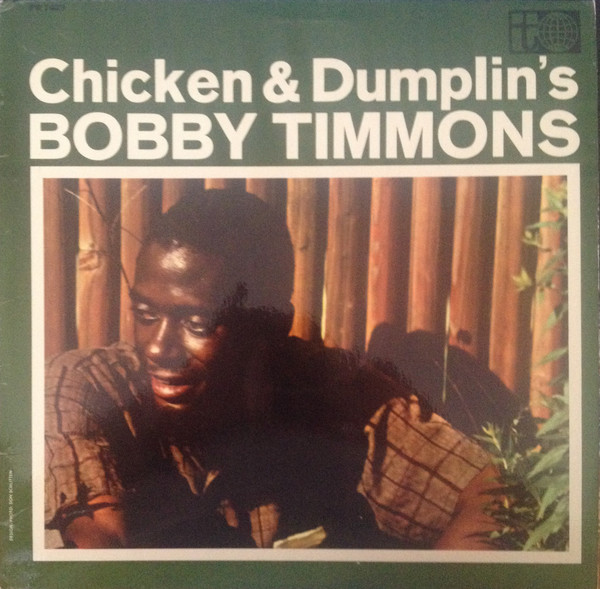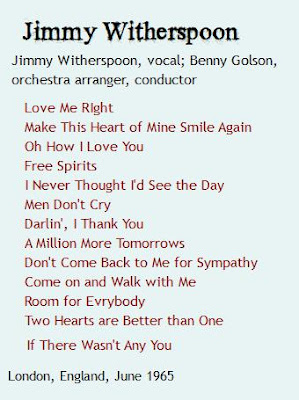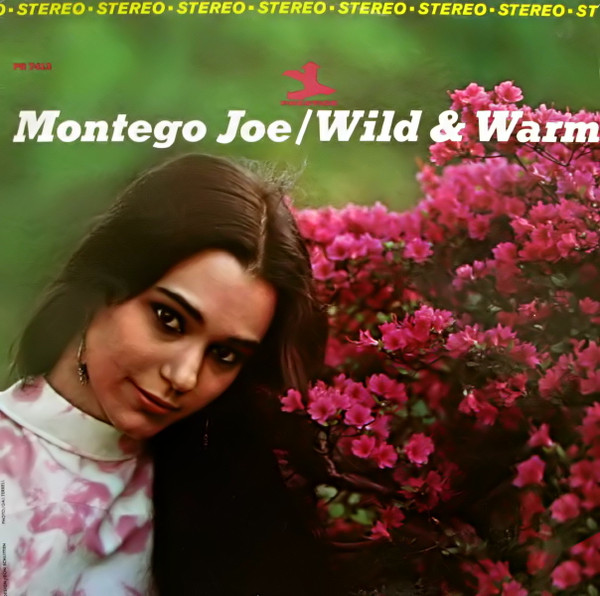LISTEN TO ONE: Misty (hit version)
Richard Holmes had found his groove by the time he arrived at Prestige. Although he came from southern New Jersey and the soul organ cauldron of Philadelphia, he found his initial siccess in California, with a series of successful albums for Pacific Jazz in the early 1960s, including one with Prestige stalwart Gene Ammons, recorded at the Black Orchid, a Los Angeles jazz club where Holmes was the house organist and Ammons the visiting headliner.
Holmes had first recorded in 1960, with West Coast jazz legend Teddy Edwards on tenor sax, backing up Jimmy Witherspoon, although the record was not released until 1964, on Chicago's Constellation label. Holmes and 'Spoon remained close friends, and Holmes's last appearance, shortly
before his death from cancer in 1991, was with Witherspoon at the Chicago Blues Festival.
His first session for Pacific Jazz featured Ben Webster and Les McCann (on piano!); a big band led by Gerald Wilson that included Buddy Colette, Harold Land, Teddy Edwards and Mel Lewis; a blues session backing Bumble Bee Slim with Joe Pass and Leroy Vinnegar; Joe Pass joining him again on sessions featuring Holmes as leader. Still on the West Coast, he backed up Lou Rawls on a session for Capitol, and played with Earl Bostic on a couple of albums for King.
But coming east, and signing with Prestige, proved to be the biggest bonanza of his career -- and one of Prestige's biggest hits.
For that first session, he used guitarist Gene Edwards, another California transplant who had been with him on many of his West Coast sessions, and who would stay with hin for most of his Prestge sessions; and drummer Jimmie Smith, a Prestige veteran whose credits include work with Larry Young.
He and producer Cal Lampley settled on a group of mostly familiar tunes, calculated to showcase Holmes's soulful, crowd-pleasing, mainstream style. There was Clifford Brown's "Daahoud," well on its way to becoming a beloved jazz standard. There was Horace Silver's soul anthem "Song for My Father." There was Jule Styne's dreamy "The Things We Did Last Summer," and two Holmes originals, "Groove's Groove" and "Soul Message."
And there was Errol Garner's "Misty." surely one of the most beloved tunes in the jazz/pop catalog. Holmes recorded a six-minute version of it with the Slide Hampton arrangement which had previously been used for a vocal version by Lloyd Price. It was was included on his debut Soul Message album. But the brain trust at Prestige must have thought they heard something more there, and how right they were. Re-edited down to 1:53, "Misty" was included as the title cut on Holmes's second Prestige album, and also released as a 45 RPM single, and that was the smash. It went to #44 on Billboard's Hot 100, #12 on its rhythm and blues chart, #7 on its Adult Contemporary chart. It became Holmes' signature, and the beginning of a fruitful relationship between artist and label.
"Soul Message" and "Song for My Father" were also released on 45. And a few years later, a four-minute edit of "Misty" was released.










